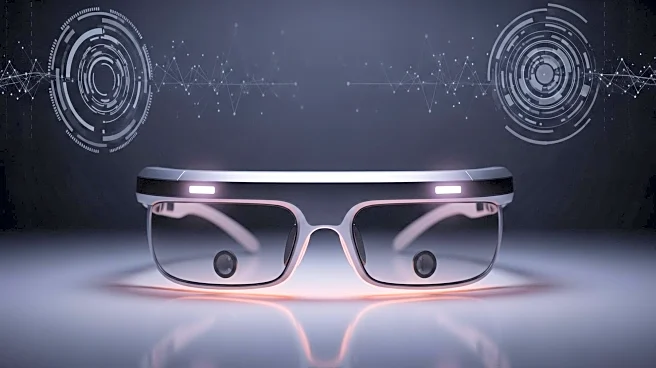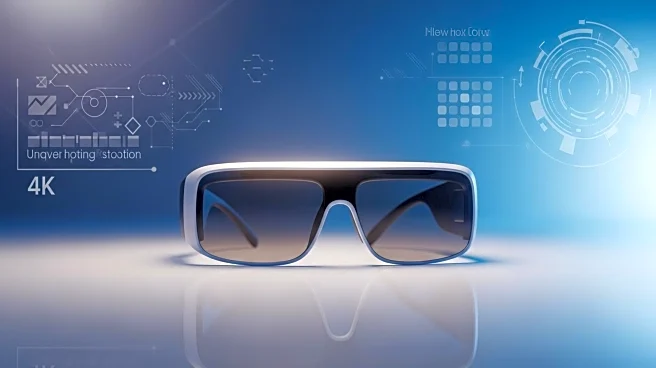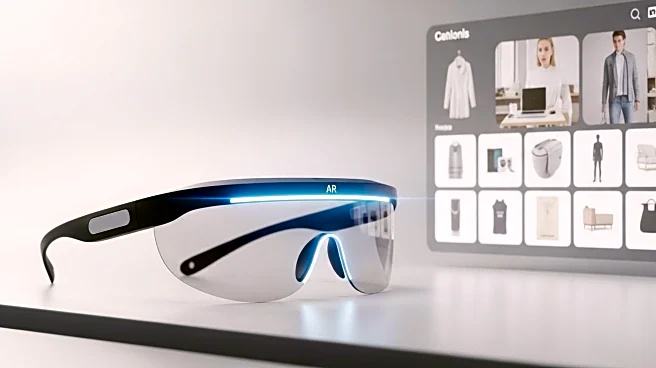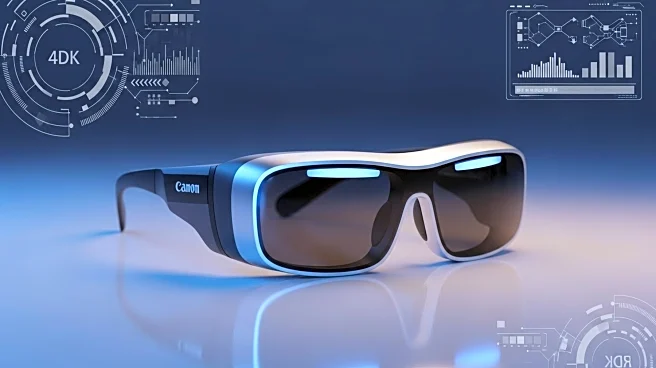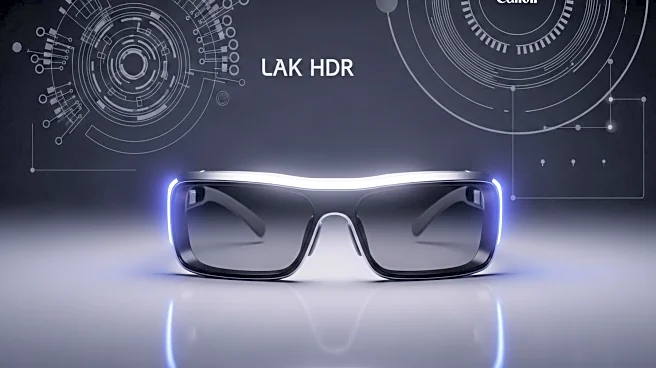What's Happening?
Several major technology companies have announced significant developments in augmented reality (AR) that are expected to impact consumer technology in 2025. Meta unveiled new smart glasses during its Connect keynote, signaling an accelerated push into consumer AR. Amazon is reportedly developing consumer AR glasses under the codename 'Jayhawk,' which are expected to integrate retail and assistant features. Snap has announced plans to release consumer smart glasses in 2026, focusing on social-first AR experiences. These announcements highlight a competitive race among tech giants to dominate the AR market, with each company leveraging its unique strengths to attract users.
Why It's Important?
The advancements in AR technology by these companies are poised to redefine consumer experiences by integrating AR into everyday life. Meta's smart glasses aim to enhance user presence without cumbersome headgear, while Amazon's project suggests a future where shopping and voice assistants are seamlessly integrated into eyewear. Snap's focus on social AR could lead to widespread adoption among users who are already familiar with AR lenses on smartphones. These developments could lead to faster product cycles, increased social and retail experiments, and the incorporation of enterprise features into consumer devices, potentially lowering costs and increasing accessibility.
What's Next?
As these companies continue to develop their AR technologies, consumers can expect quicker product cycles and more innovative features. The competition among Meta, Amazon, Snap, and Apple is likely to drive advancements in software ecosystems, which will be crucial for user adoption. Consumers should prepare for these changes by considering device permissions, platform lock-in, and data privacy concerns. The market dynamics may shift as companies balance pricing and product polish to preempt potential entries by competitors like Apple.
Beyond the Headlines
The race to develop AR technology is not just about hardware; it involves creating robust software ecosystems that can support daily user interactions. This shift could lead to new privacy concerns as companies collect more data through AR devices. Additionally, the integration of AR into education and enterprise sectors could subsidize consumer prices, making the technology more accessible to a broader audience. The long-term impact of these developments may include changes in how consumers interact with technology and the potential for new business models centered around AR experiences.

